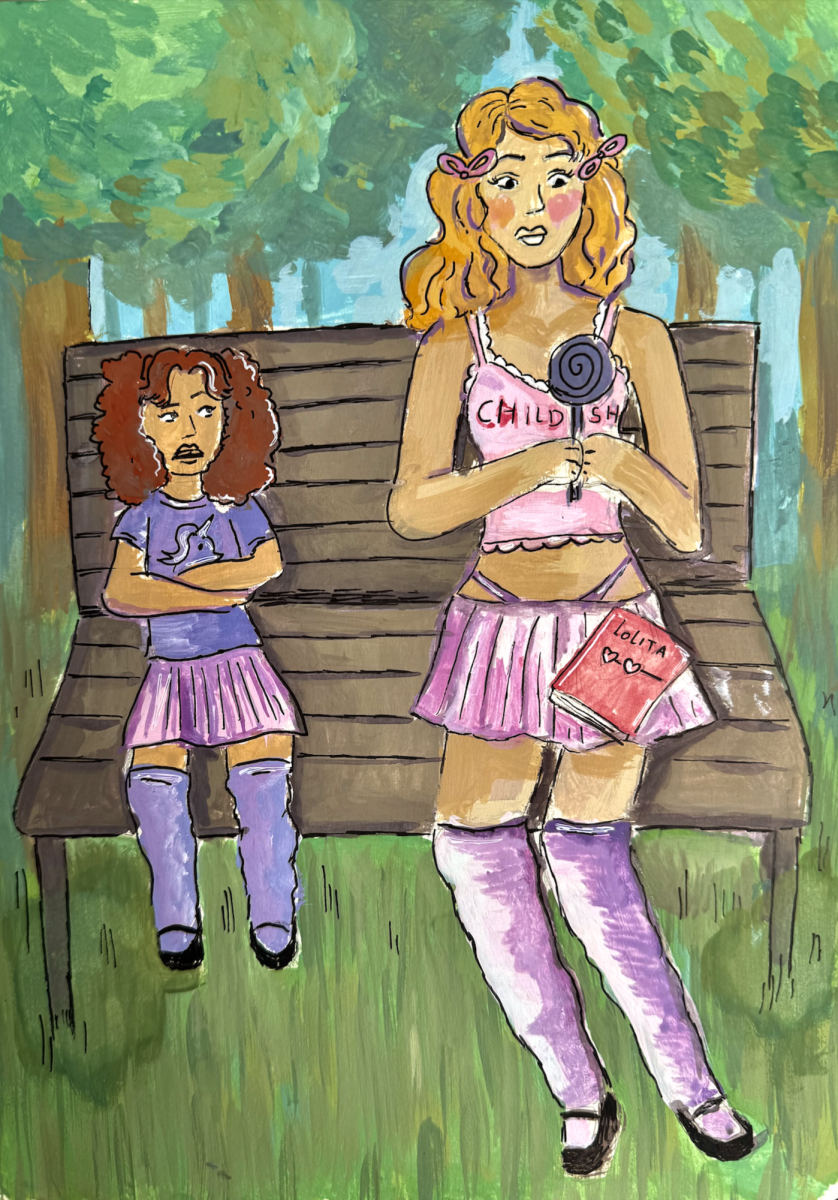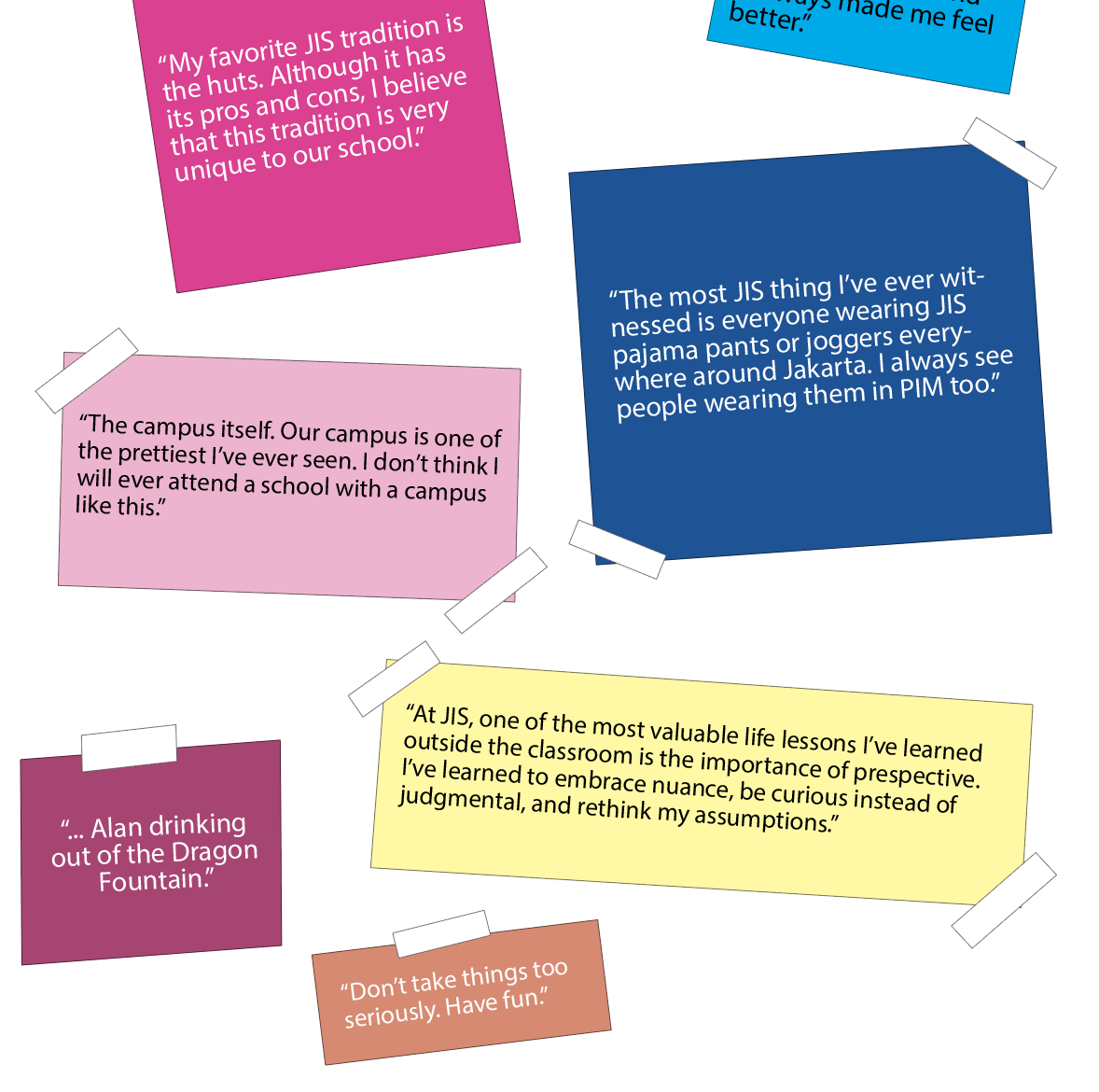Imagine a gentle, soothing tone of guitar picks, a generous, toned-down flow of drum beats, and a soft, melodic play of piano notes—all accompanying you finishing up your creative project or revising notes before a final exam.
These are the ever-calming sounds that make up the widely coveted genre of low-fidelity music—or Lo-Fi for short—described by Forbes as a subgenre of downtempo electronic music accompanied by hip-hop beats. With a tranquil and calming appeal, the genre has become the go-to music for sleep-deprived students all around the world.
According to Vice, Lo-Fi started off as an underground artistic movement in the United States of America during the 1990s. Its relative ease of production, in line with the rise of home recording studios and the DIY ethos of the new millennia, paved the way for the genre to become an alternative for music enthusiasts.
Entering the 2010s, the genre had engrained itself in the music industry as the “chillpop” style. However, artists such as Nujabes pioneered change within Lo-Fi through his album Luv(sic), integrating aspects of hip-hop. In effect, he inadvertently created the Lo-Fi hip-hop subgenre, posthumously titling Nujabes as the godfather of the style.
With the advent of online livestreaming, individual composers started their own broadcasts of Lo-Fi music made from their home studios, further enriching the genre scene with their own respective composing styles and cultures. One such channel being Lofi Girl, which claimed the mantle as the model chillpop channel on YouTube. Their infamous “Lo-Fi Hip-Hop | Beats to Study / Relax to” livestream is one of the oldest running broadcasts of any Lo-Fi channel to date, receiving upwards of 20,000 listeners worldwide.
The longevity and popularity of the Lofi Girl broadcast made the livestream itself synonymous with the chillpop music scene on the internet as a whole, anchoring the genre onto its current reputation as music for students to study with. Although Lo-Fi offers much variety in its beats and style, the genre exudes a universal motif of repetitive, mellow beats accompanying its many synth and hip-hop notes, reinforcing its ‘chill’ identity within the music industry.
“[Lo-Fi] has enough repetition [in its music] that your subconscious accepts the patterns of ambient beats without being distracted by it too much,” Ms. Donelson, the high school Theater Tech advisor, said.
Many enthusiasts find the downbeat and calm ambience of chillpop functional in their line of work. As the genre evokes a more constant and melodic tone compared to other music genres such as classical, pop, or jazz, many students prize it as a way to improve the quality of their studying.
“[Lo-Fi] is music that I can listen to and eventually tune out of, being a buffer between me and the outside world,” Ms. Donelson said.
Furthermore, many scientific studies have proven that Lo-Fi provides much psychological and mental benefits for its listeners. One study conducted by the University of California, Berkeley found that listening to the music may lead to increased concentration—and thus, a higher grade—for students while they were taking an exam.
“When I am ‘in the zone,’ I need something to help me focus,” Ms. Donelson said. “And Lo-Fi [is] one of the things that I have used to do just that.”
Lo-Fi has found itself a growing international following as people pivot toward a digital-based working environment. Paired with academic and popular clout, the genre has engraved itself as part of the modern study culture.
“It is [a] music genre I found that works, and since it was effective on me, I decided to share it with my students,” Ms. Donelson closed.





























